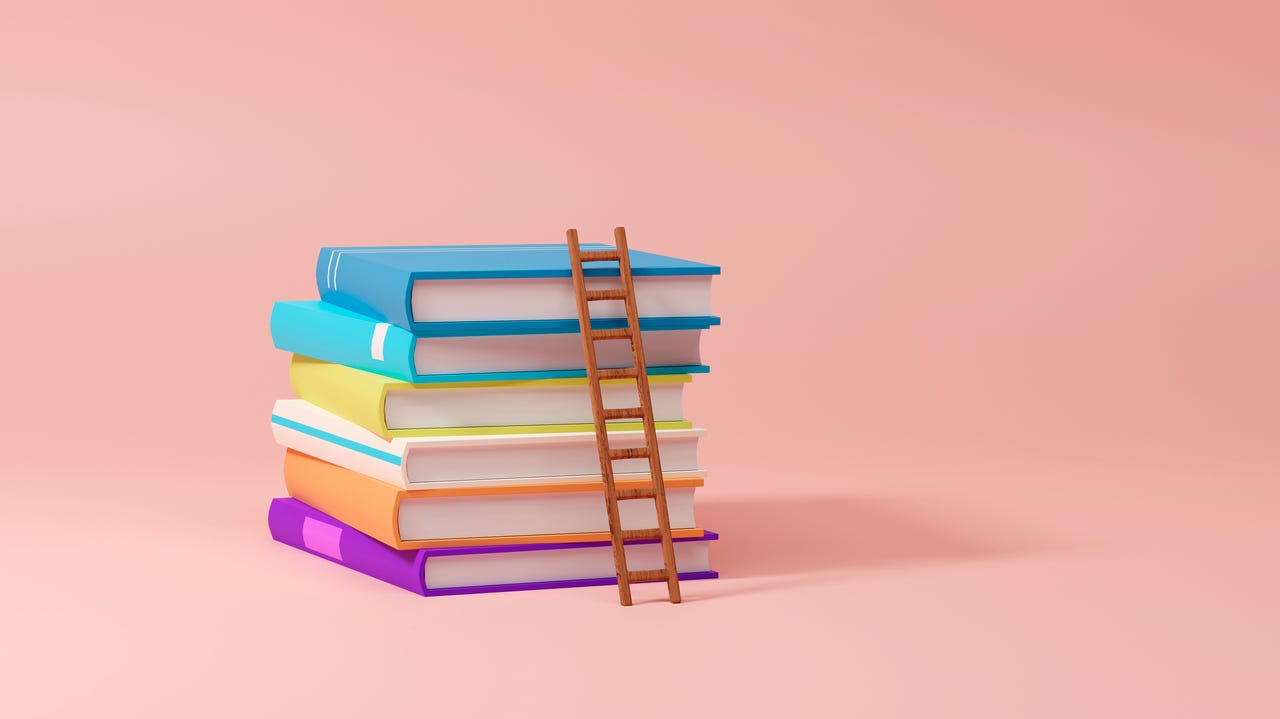































 Rafa Fernandez Torres/Getty Images
Rafa Fernandez Torres/Getty Images This year's back-to-school season brings a new challenge -- managing the impact of ChatGPT and other AI tools. To help ease the transition for both teachers and students, OpenAI shared ways that teachers can leverage the technology to optimize their workflow and learning.
OpenAI's blog post identifies four ways real teachers are using ChatGPT, including role-playing conversations, building classroom materials, providing English language assistance for non-English speakers, and teaching students about critical thinking.
Also:Grammarly's new AI tools for students roll out for back-to-school season
Through the role-playing conversations use case, teachers can use ChatGPT as a stand-in for different personas that can help them prepare for questions or reactions that others may have about the lessons.
For example, a teacher can ask ChatGPT to spot weaknesses in the lesson delivery or areas that need more reinforcement by role-playing a student or a school superintendent. This can help them prepare for when students have the same questions and prevent gaps of understanding in the classroom.
Teachers can also leverage ChatGPT's advanced writing and conversational skills to build quizzes, tests, and lesson plans from curriculum materials.
Also:How to use Claude AI (and how it's different from ChatGPT)
For example, in the blog post, Fran Bellas, a professor at Universidade da Coru?a in Spain, shared his curriculum with ChatGPT and asked it to generate fresh quizzes, lesson plans, and test questions.
One of the lesser-known features of ChatGPT is its ability to translate over 20 languages well. Teachers can use this ability to help assist students who are non-English speakers by encouraging them to use the AI tool for translating, proofreading, and even practicing conversation by role-playing with the chatbot.
Lastly, OpenAI suggests that teachers can use ChatGPT to teach students about critical thinking. The company encourages teachers to help students deduce which AI answers are credible and how to confirm them with other sources.
The blog post also includes four carefully crafted, lengthy prompts that educators can simply copy and paste into ChatGPT to develop lesson plans, create effective explanations, examples, and analogies, help students learn by teaching, and even create an AI tutor.
Also: Microsoft filed a patent for an AI backpack straight out of a sci-fi movie
In all four of the prompts, first, the user would have to tell ChatGPT who it is and what it does, for example, "an upbeat, encouraging tutor" or "a friendly and helpful instructional designer." Then, the prompts specifically list and delineate each one of the tasks that are expected from ChatGPT.
Even if you don't want to use those exact prompts, you can use the sample prompts as inspiration for your future prompts and as guidelines for what you need to include to have the best results.
 Tags quentes :
Inteligência artificial
Inovação
Tags quentes :
Inteligência artificial
Inovação